Morning meetings aren't new. We hear about them all the time but what do they *actually* involve? Maybe you're a brand new teacher trying to navigate all of the must-dos, or maybe you're a veteran looking to hone your skills. No matter what, today we are breaking down morning meeting components in the classroom.

Here's the thing: I love morning meeting because it’s straightforward, it’s broken into parts, and it’s the best gosh darn community-builder out there. Such a great way to start my day. Truth: I *even* tried having family morning meetings during the pandemic lockdown period. (Spoiler alert: It didn’t go as well.) Morning meetings are best executed in classrooms. So: what exactly does that look like? Let’s dive into the morning meeting components.
Component #1: Greeting
One of my favorite morning meeting components is the greeting. The morning meeting greeting is a great way for students to get face-to-face time with each other and practice social skills. Greetings are probably my favorite because they are so versatile. You can do greetings with partners, small groups, the whole class, or in a mingle-around-the-classroom timed style.
Some of my favorite morning meeting greetings include:
Pirate Greeting

Giving students a chance to be silly can really break the ice for students and give them a warm, comfortable start to the day. This one is also really funny to watch as a teacher 😉
What's the News?

This one is great because it nips the “back from the weekend” hype. You know what I'm talking about: when kids are so excited to see each other and the novelty of being reunited usurps the way they should be using their listening ears. This greeting lets them get it all out so the focus can return to learning.
Snowball Fight

This one is a tad high-maintenance but when used sparingly, the kids love it. Keep a stack of papers on hand and have each student write their name on a piece. (You could even pre-print a stack of papers with each student's name on it, come to think of it).
If you teach upper elementary, here are a few ideas for your older kids:
Business meeting

Give me 3

Good News/Bad News

?Pro tip: At the beginning of the year, introduce one or several greetings each day and have students model each greeting in a fishbowl style (in this case, one small group or pair models while the whole class observes).
Component #2: Share Questions
Share questions are also a great way to give students a chance to, well, share their thoughts, feelings, and opinions. It gives all students a voice and lets them know their voice matters. In addition, responses can tell you a lot about a student's personal life. When it comes to morning meeting components, there's more to share questions than meets the eye!
Here are some examples from my lower elementary morning meeting slides:
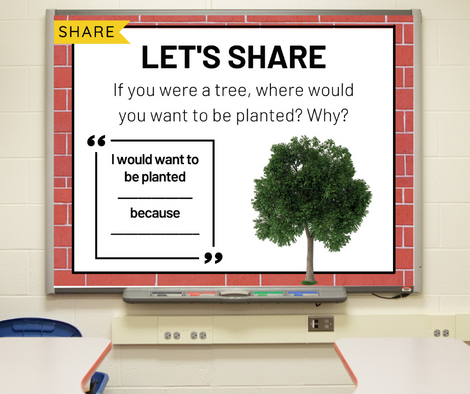


Examples from the upper elementary slides contain similar questions but are geared toward 3rd-5th graders:


?Pro tip: Make sure to agree on a “connection” or “me too” signal students can use silently when they agree or have something in common with another student sharing.
Morning Meeting Component #3: Activity
The activity portion of the morning meeting is meant to encourage community-building. Students typically engage in an activity for 5-10 minutes that is done in pairs, groups, or as a whole class.
Here are some examples from my lower elementary morning meeting slides:

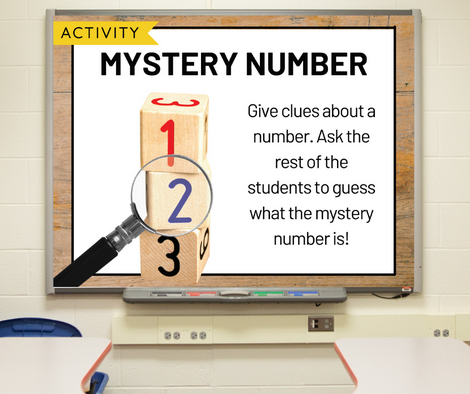
Here are some examples from my upper elementary morning meeting slides:


?Pro tip: Set a timer before you start the activity. This is often the most fun morning meeting component for kids, and it's tempting to get carried away in a game or activity! (I'm also guilty of this!)
Component #4: Message
According to the proper morning meeting order, the morning message comes last. I'm not saying I disagree with this, it just personally feels unnatural to have the message at the end. In any case, the order is ultimately up to you.
The morning message is versatile:
- Some teachers prefer to keep it simple and read it as a class to build fluency.
- Some teachers use it to review other academic skills (ex: Math Monday)*
- Other times, it's used to give an overview of the day.
- Messages can be hand-written or electronic, but make sure to use fonts that students can read.
Academic messages come in handy during the testing season for test prep. Nothing like erasing that last-minute “did I teach them enough?!” guilt like a hidden review lesson inside your morning message 😉
Here are 5 different examples (I'm a theme gal, as you'll see):

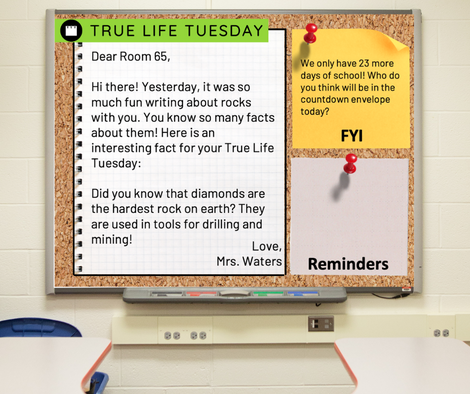

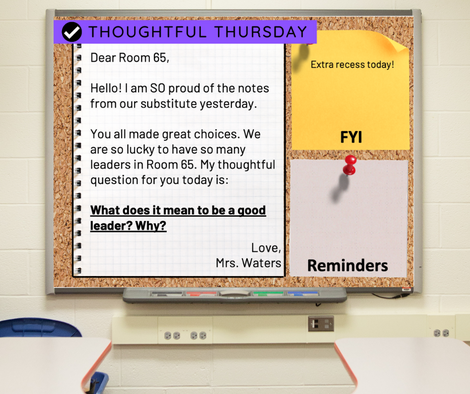

?Pro tip: Write all your messages at the beginning of each week. Some things are harder than others to accomplish at the last minute, and morning messages are no exception.
In conclusion, you need a morning meeting in your life. But…4 parts? Every day? I know. Holy planning time. No fear, my friend: that’s why we like morning meeting slides. I loved them so much in my own classroom that I sell them on TpT now. You can see those here if you want, OR you can skip straight to your prize and download a free week of morning meeting slides to try in your classroom today:






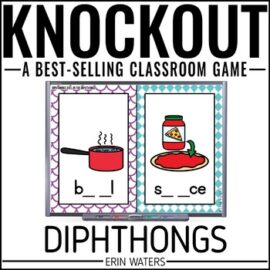

 Arm you with high-quality tools: Sleep peacefully at night knowing you’re doing what’s best for your students.
Arm you with high-quality tools: Sleep peacefully at night knowing you’re doing what’s best for your students. Save your energy: Provide resources that cost you little energy (that stuff is precious)---but have high impact on your students.
Save your energy: Provide resources that cost you little energy (that stuff is precious)---but have high impact on your students. Light your spark: Putting fun back into your classroom after the hardest teaching years can be just what you and your students need.
Light your spark: Putting fun back into your classroom after the hardest teaching years can be just what you and your students need.
Leave a Comment